Art assignments are more than mere projects, they are holistic learning opportunities in which art creation is just one aspect of the overall learning experience. These experiences can include one-on-one discussion, class discussion, reading, writing, art creation, experimentation, movement, singing, and reflection. The product of these experiences—the “art”—demonstrates a student’s understanding of concepts, vocabulary, and craftsmanship. Below are a few examples of past projects.
Rotational Symmetry Names
Students created fantastic designs by folding paper circles in half three times and expanding their names to fit into each folded section. Designs were drawn within the names and borders were added to the exterior.
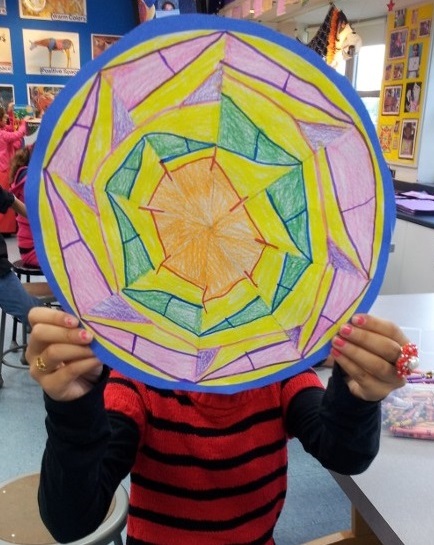

Snake Marionettes
Marionettes are puppets controlled by strings that hang from above. Students created simple marionettes with felt, scissors, and glue, adding a pattern of shapes to the front and back.
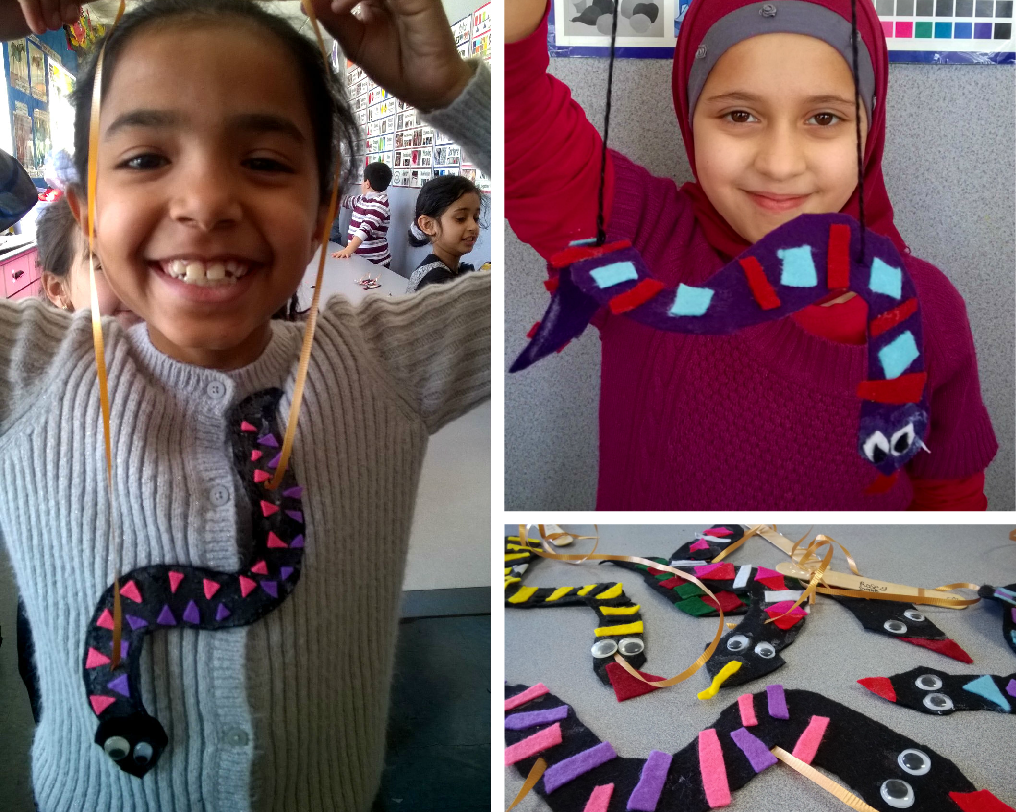
Molas
Molas are a traditional artwork of the Kuna women of Panama and Columbia. They are typically cloth designs on the front and back of blouses. Due to their global popularity, molas are now depicted on many items in the region. Third graders used the mola concept of line, symmetry, and color to create their own compositions.
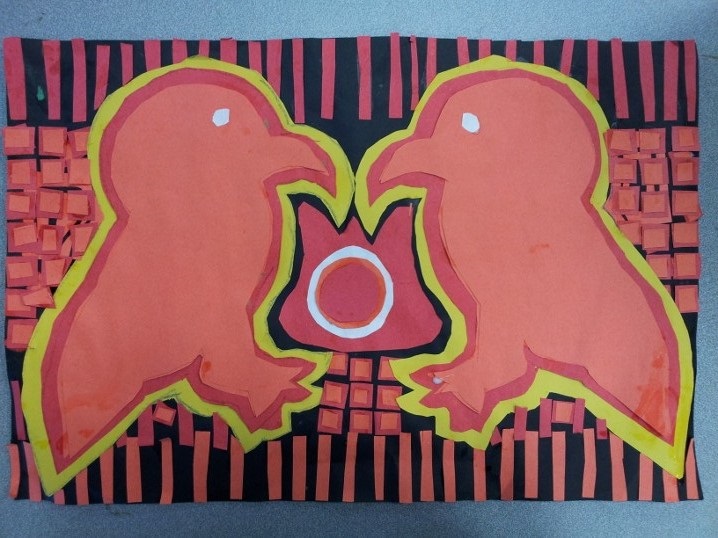
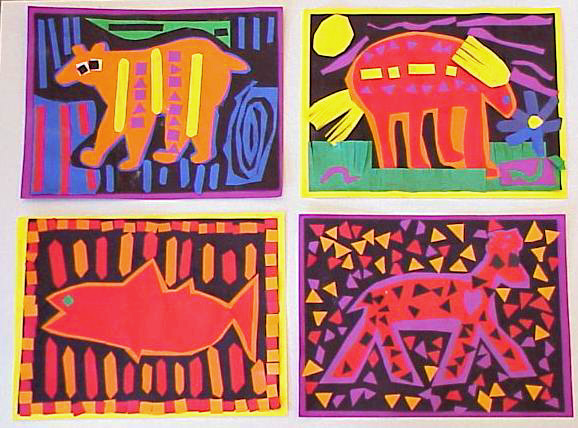
Board Games
After discussing the elements and aesthetic appeal of board games, students designed their own. Each third grader chose a theme, how the pieces would move, how one wins, and what his or her game board would look like.
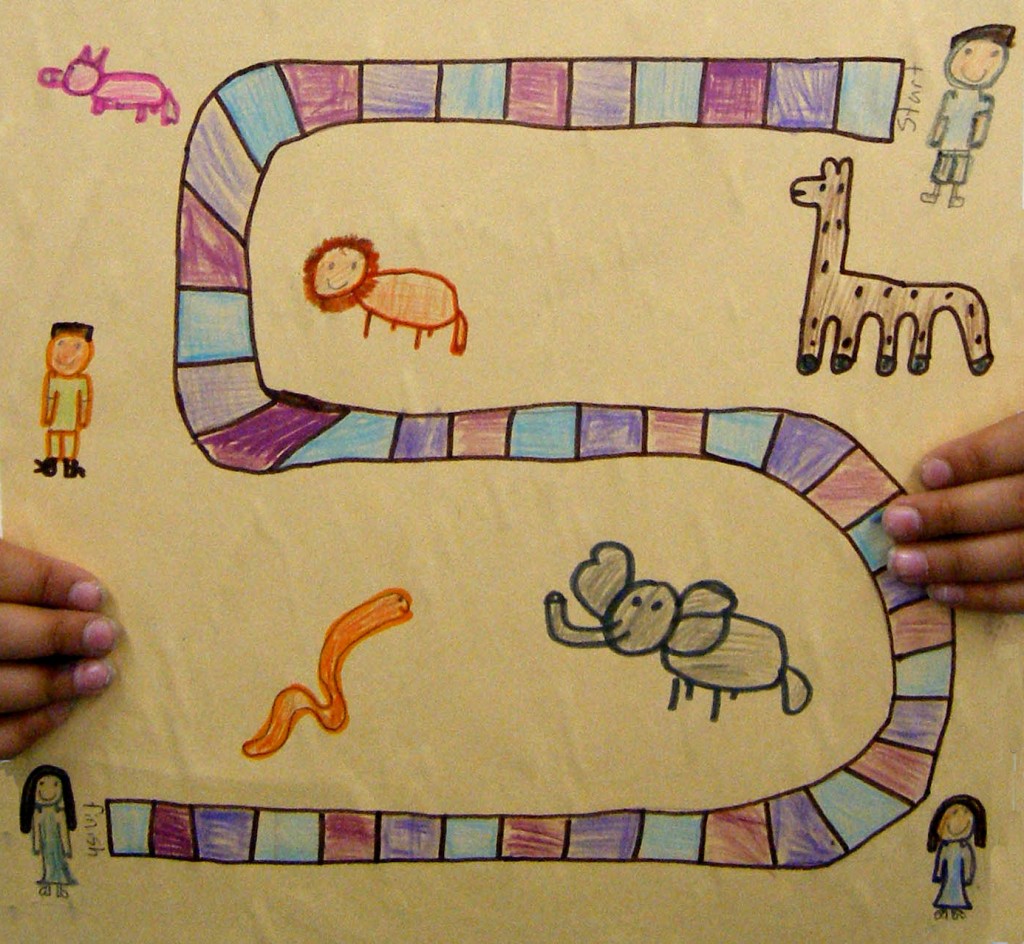
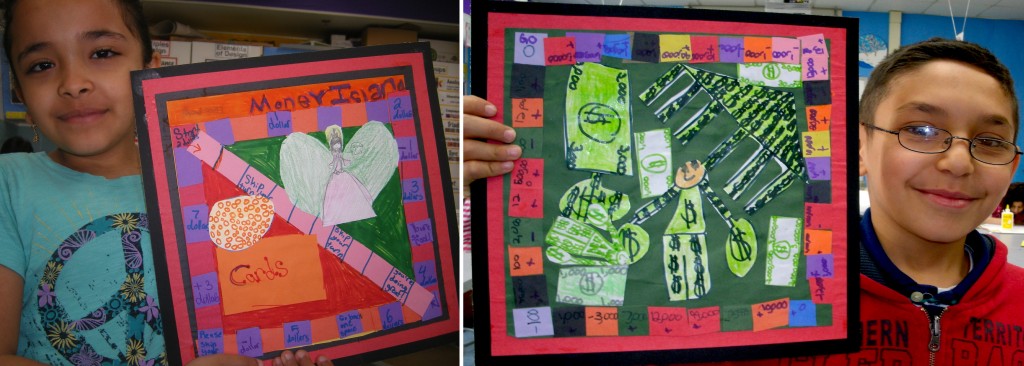
Magical Borders
Students created large borders with markers and imagination to frame interesting pictures discovered in magazines.
Large frames can make even the smallest picture look grand.
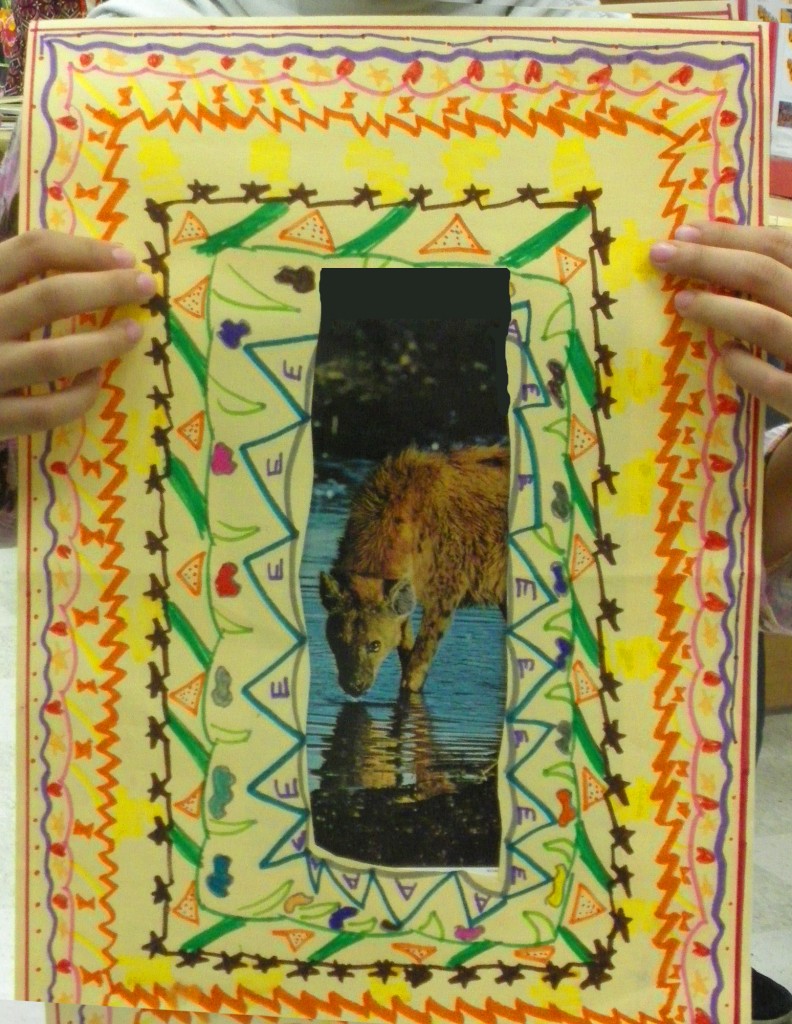
Van Gogh Texture Flowers
After learning about Vincent Van Gogh’s famous use of texture and his interest in flowers as subject matter, students created their own textured flower images with a crayon sketch, torn paper, and glue.

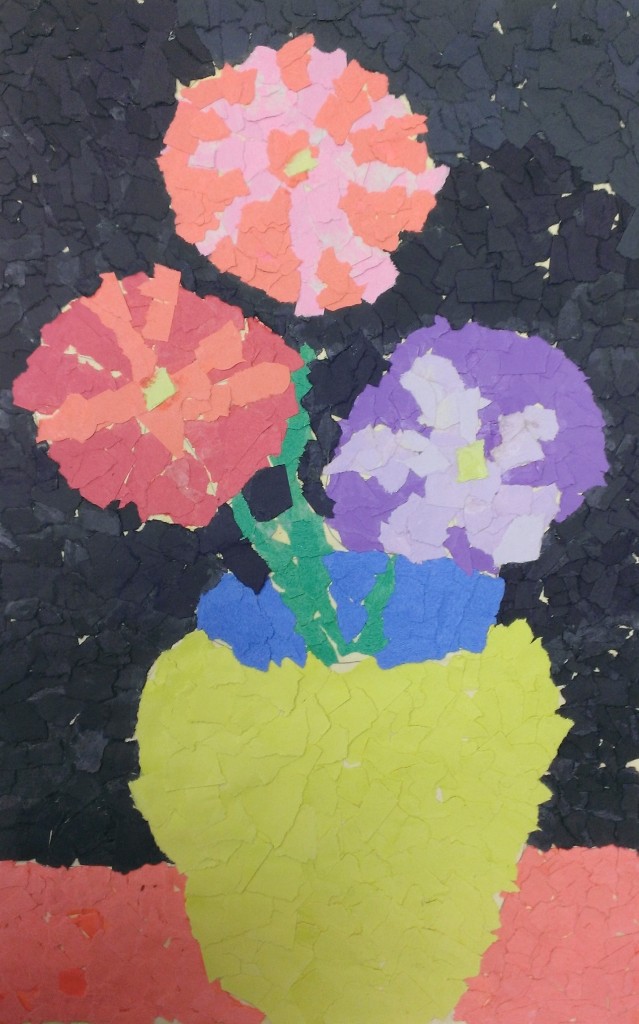
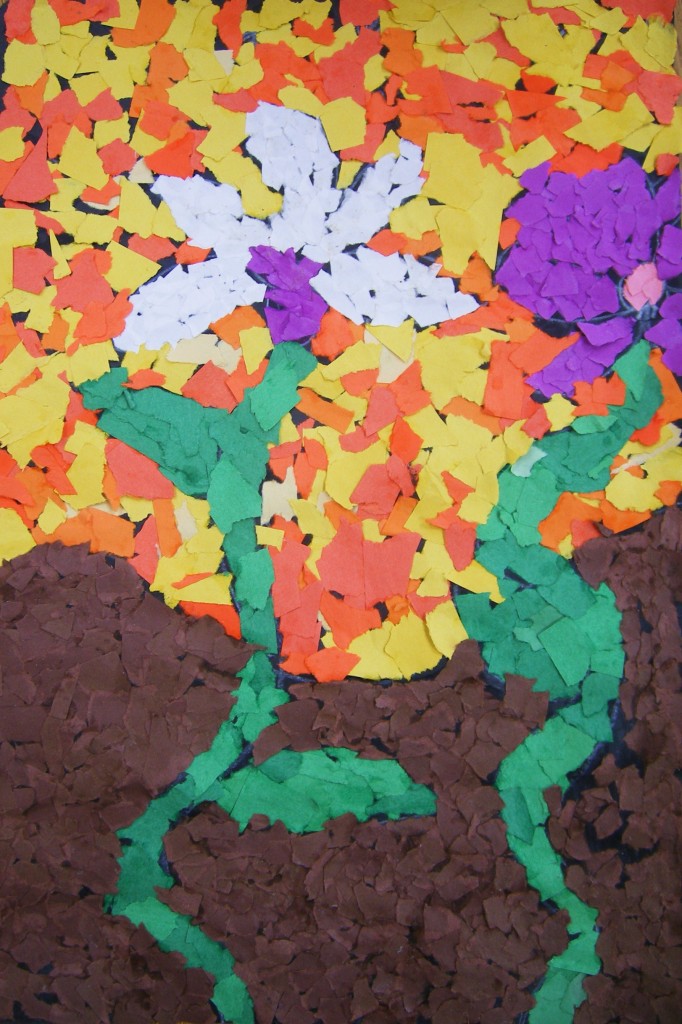
Symmetry Game
Students learned that art can be made together. Using one piece of paper and sitting on opposites sites of the table, partners took turns drawing and copying each other, both moving their markers at the same time. Once complete, the drawings were colored in by crayon and framed with a paper border.
